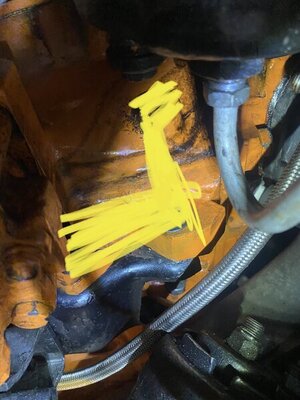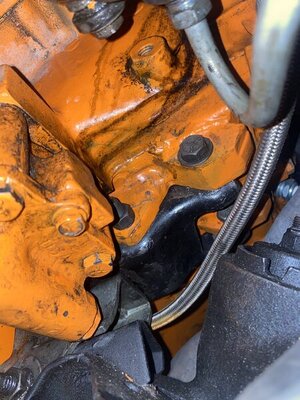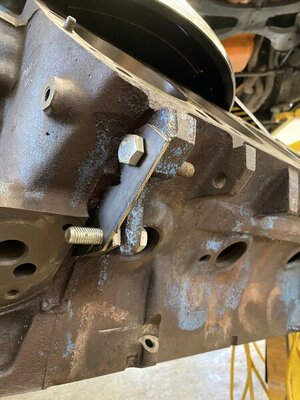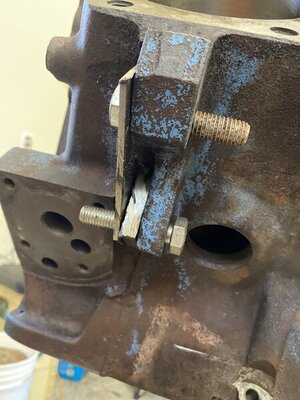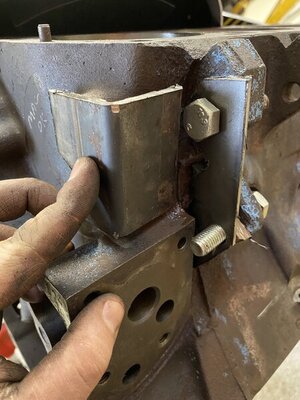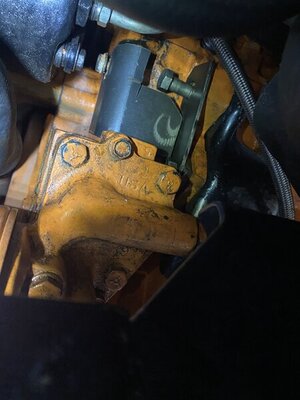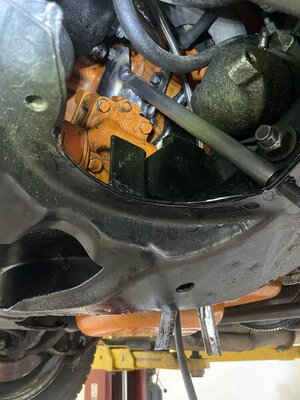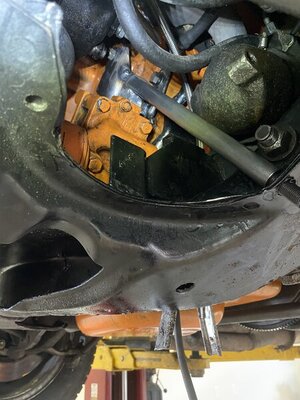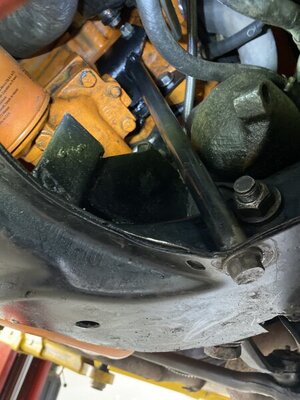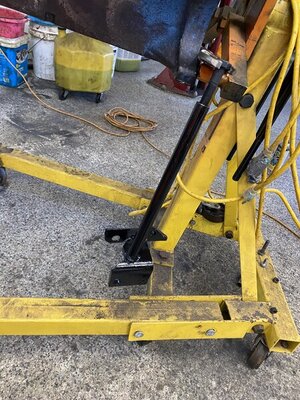- Local time
- 10:55 PM
- Joined
- Jul 1, 2015
- Messages
- 6,472
- Reaction score
- 8,085
According to the Certanium web site, this material, 889SP 1/8" and 516" has been discontinued.....is there an alternate? I was always lead to believe that thick section cast iron should be preheated, maintaining an interpass temperature of 400°F and depending on the depth of the area welded, to post weld heat treatment (normalization) to prevent inter-granular cracking in the heat effected zone. Maybe this occured to the innitial re pair? Welding of cast iron that is under a tension application, is difficult at best.....Just asking....
BOB RENTON
BOB RENTON

